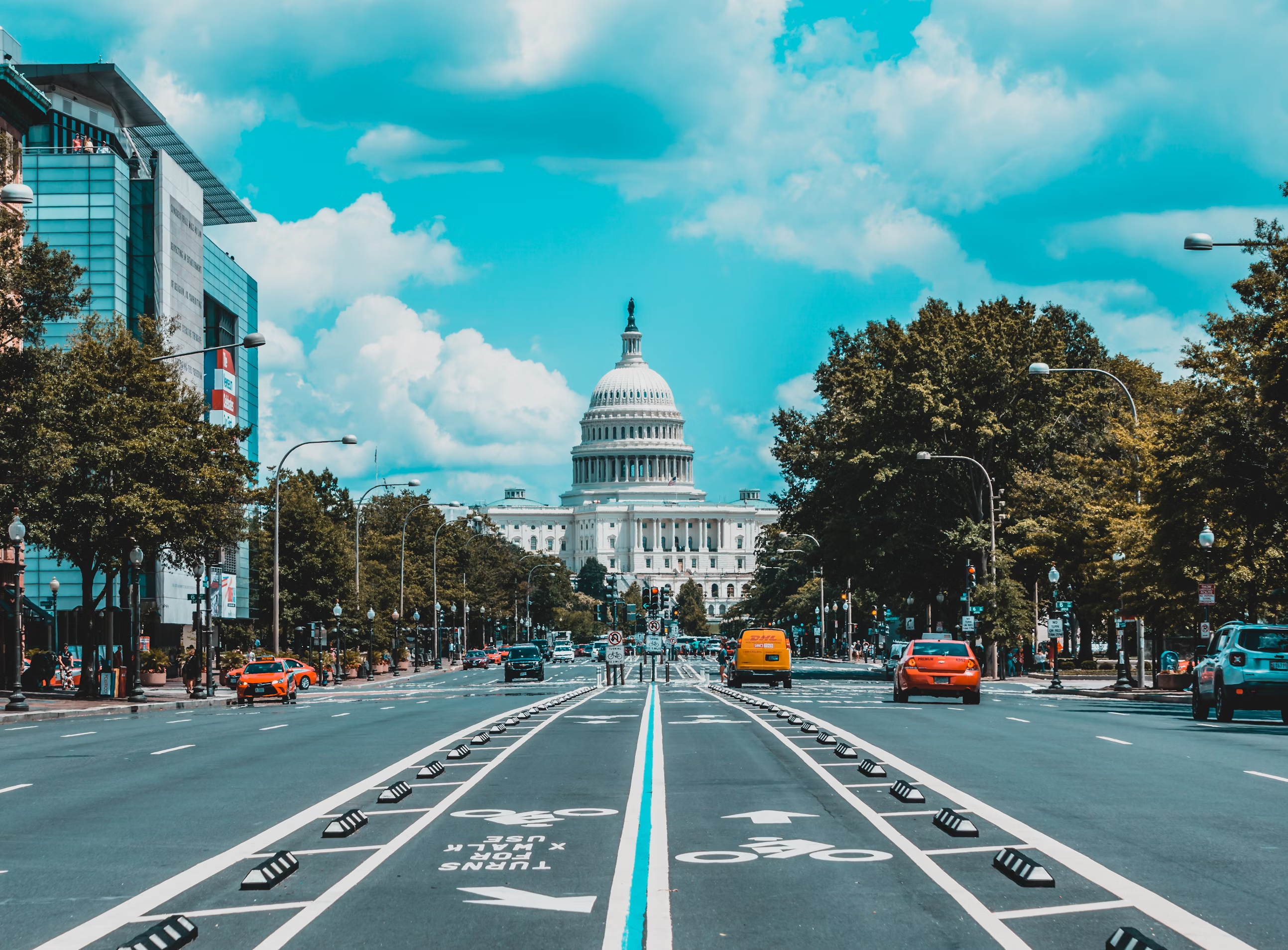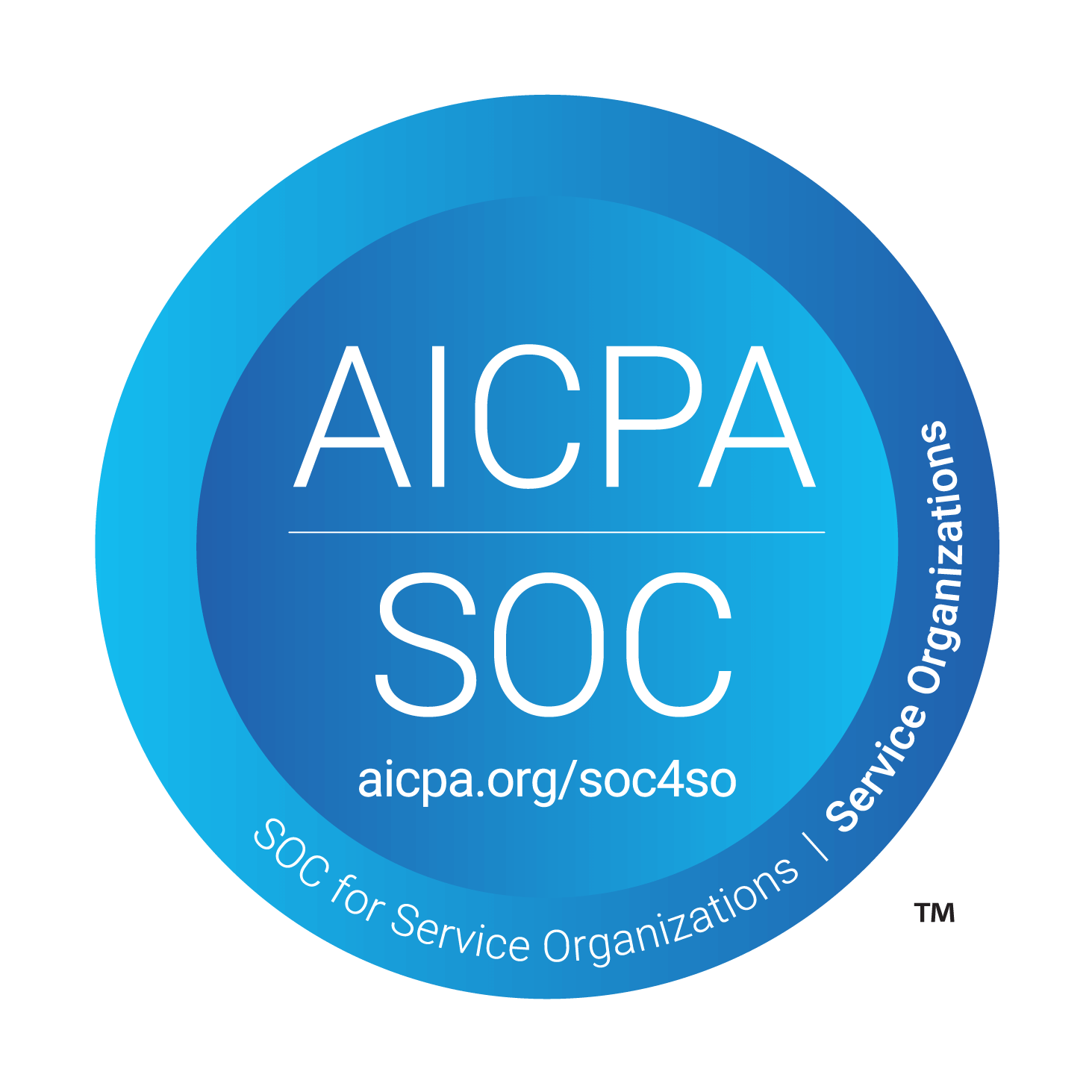The September 2025 Visa Bulletin is here, and as expected in the final months of the fiscal year, we’re seeing both stability and slowdowns across several employment-based categories. For some applicants, this month looks much like August; for others, especially in EB-2, EB-3, and EB-5, this is the time to move quickly before visa numbers run out.
The Department of State has confirmed that numerical limits for most employment-based preference categories are expected to be reached in August and September. If your category becomes “Unavailable”, no additional green card approvals will happen until October 1, 2025, when the new fiscal year begins and annual quotas reset.
EB-1: Priority Workers
The EB-1 category remains strong for most applicants. All countries, except China and India, continue to be Current, meaning eligible applicants can move forward without any priority date backlog.
For China, the cut-off date stays at 15 November 2022, and for India, it remains at 15 February 2022, unchanged from August.
While the lack of movement signals that these backlogs will likely persist until the new fiscal year begins in October, applicants from non-oversubscribed countries still have one of the fastest routes to a green card in this category.
EB-2: Advanced Degree / Exceptional Ability
The EB-2 category has seen no changes from August. All chargeability areas, as well as Mexico and the Philippines, hold at 1 September 2023, keeping the window open for relatively recent applicants to file before fiscal year limits close.
For China, the cut-off date remains 15 December 2020, reflecting the ongoing wait time for applicants in that queue.
India’s date is still 1 January 2013, underscoring the deep backlog in this category for Indian nationals.
The absence of forward movement this month confirms that visa numbers are likely fully allocated, with no additional progress expected until the October reset.
EB-3: Skilled Workers & Professionals
Similar to EB-2, the EB-3 Skilled Workers & Professionals category shows no forward movement from August. For most countries, along with Mexico and the Philippines, the date is 1 April 2023, which still allows some applicants with recent filings to proceed.
China’s date stays at 1 December 2020, and India remains at 22 May 2013, both unchanged. This stasis signals that existing demand is absorbing all available visas, with no surplus for advancing priority dates this month.
EB-3: Other Workers
The EB-3 Other Workers subcategory continues to operate under stricter cut-off dates. Most countries remain at 8 July 2021, with China set at 1 May 2017 and India still at 22 May 2013.
This lack of movement reflects the more limited annual visa allocation for this group and the continued high demand from earlier-filed cases. For newer applicants, eligibility remains constrained, and the chances of advancing before October are slim.
EB-4: Certain Special Immigrants
The EB-4 category remains Unavailable across all countries, mirroring August’s status. This means no green cards can be issued in this category until October 1, when the new fiscal year begins and visa numbers reset. Religious workers, who fall under a subcategory of EB-4, are also affected by this ongoing unavailability. For applicants here, the focus should shift to preparing documentation so that they can act as soon as numbers reopen next month.
EB-5: Immigrant Investors
For EB-5, the unreserved category remains Current for most countries, ensuring no backlog for those applicants. However, China continues at 8 December 2015, and India stays at 15 November 2019, indicating longer waits for investors from these regions.
On a positive note, all EB-5 Set-Aside categories, Rural (20%), High Unemployment (10%), and Infrastructure (2%), remain Current across the board. This keeps the door wide open for qualified investors willing to target these priority investment areas, where processing can be significantly faster.
Overall, September 2025 brings stability across employment-based categories, with no forward movement from August. This signals that most visa numbers are already allocated, and significant changes are unlikely until the new fiscal year begins in October. Applicants with current priority dates should act quickly, while those in backlogged categories should prepare now for potential opportunities when visa numbers reset.
If you are planning on starting your visa journey then connect with our experts. We will guide through a free profile evaluation identifying potential opportunities in you profile, and how you can best present your case to USCIS.



























.svg)
.svg)
.svg)





